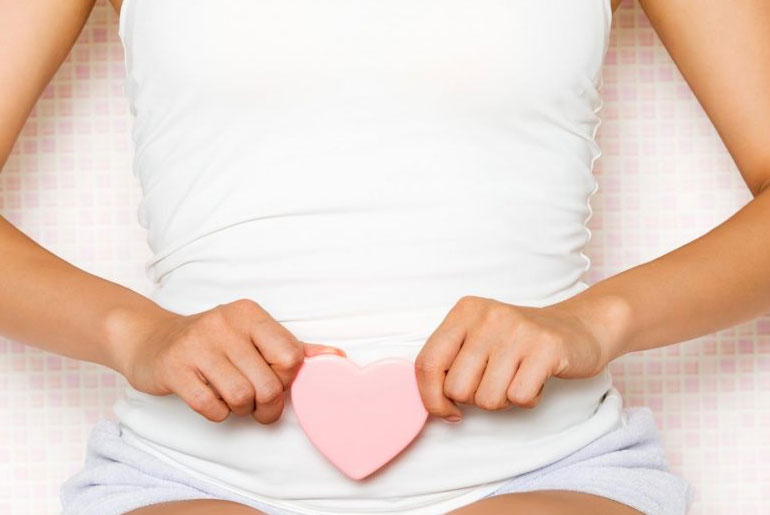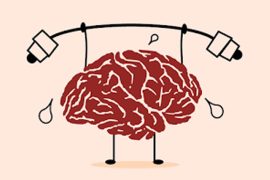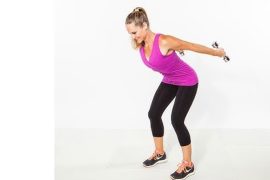Indeed, yoga provides a holistic approach to health, and bladder health benefits from targeted yoga poses and practices. Bladder issues can be uncomfortable and disruptive, but incorporating specific yoga asanas into one’s routine can alleviate symptoms and enhance bladder function over time. These practices focus on strengthening and supporting urinary organs, ultimately promoting overall bladder health and well-being. By embracing yoga as part of a comprehensive health regimen, individuals can experience relief from bladder-related discomfort and cultivate long-term improvements in bladder function.
Cat-Cow Stretch:
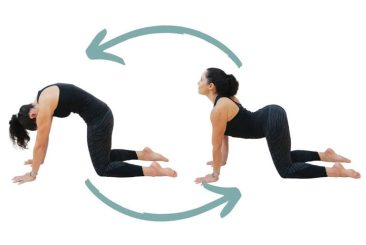
The Cat-Cow Stretch is a dynamic movement that effectively warms up the spine and stretches the abdomen, fostering flexibility and circulation in the pelvic area. To begin, assume a tabletop position with wrists under shoulders and knees under hips. Inhale as you arch your back and lift your chest into Cow Pose, then exhale as you round your spine and tuck your chin to your chest in Cat Pose. Flow between these two poses for several breaths, syncing movement with breath. Consistently incorporating these yoga poses and practices into your routine can lead to improved bladder health. It’s essential to listen to your body, modifying poses as needed, and consult a healthcare professional if you have any medical concerns before starting a new exercise program.
Mountain Pose:
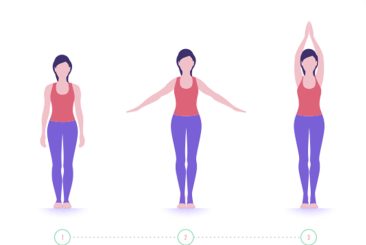
Mountain Pose, also known as Tadasana, serves as a foundational yoga pose with benefits extending to posture and alignment, indirectly supporting bladder health. By standing tall with feet hip-width apart and grounding evenly through all four corners of the feet, individuals engage pelvic floor muscles, promoting stability and strength. Throughout the pose, practitioners focus on maintaining normal breathing while gently lifting the pelvic floor upward. Holding the pose for several breaths encourages lengthening of the spine and opening of the chest, enhancing overall posture and contributing to improved bladder function over time.
Seated Forward Bend:
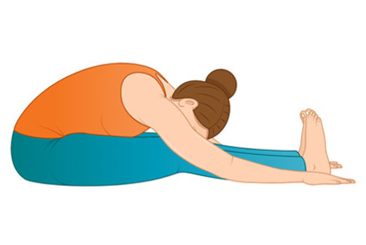
Seated Forward Bend, also known as Paschimottanasana, offers a beneficial stretch for the back and hamstrings while stimulating the bladder and kidneys. To perform this pose, sit on the floor with legs extended in front. Inhale to lengthen the spine, then exhale as you hinge forward from the hips, reaching towards the feet. Maintain a flat back, avoiding rounding of the spine, to maximize the stretch. Hold the position for a few breaths, allowing the body to gently release tension, before releasing the pose. This forward bend promotes circulation to the bladder and kidneys while enhancing flexibility in the back and hamstrings, contributing to improved bladder function and overall well-being.
Child’s Pose:
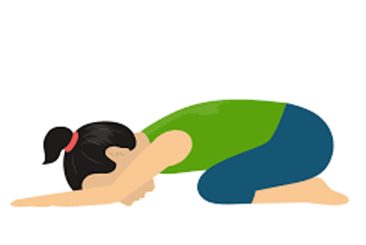
Child’s Pose, known as Balasana, offers a gentle stretch for the back and pelvic muscles, fostering relaxation and alleviating tension in the bladder area. To practice this pose, begin on hands and knees, then sit back on heels with arms extended in front or alongside the body. Rest the forehead on the mat and focus on deep, slow breathing, allowing the body to surrender into the pose. Hold Child’s Pose for as long as feels comfortable, experiencing a soothing release of tension and promoting a sense of calmness throughout the body. This gentle stretching and relaxation contribute to improved bladder health over time.
Bridge Pose:
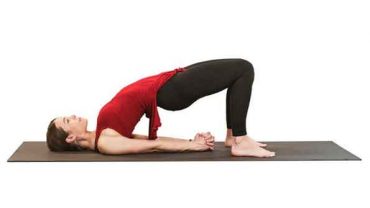
Bridge Pose, or Setu Bandhasana, is a yoga posture renowned for its ability to strengthen the pelvic floor muscles, crucial for bladder control. To perform this pose, individuals lie on their backs with knees bent and feet hip-width apart. By pressing into the feet, practitioners lift their hips towards the ceiling, ensuring alignment of knees with ankles. Engaging the glutes and pelvic floor muscles, individuals hold the pose for a few breaths before slowly lowering back down. Repeating this movement several times helps to enhance pelvic floor strength, promoting improved bladder function and control.
Deep Breathing:
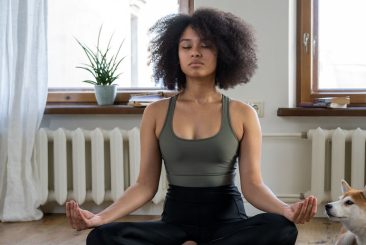
Deep Breathing, or Pranayama, is a fundamental practice in yoga that involves sitting or lying comfortably and taking deep, slow breaths. During this practice, individuals focus on expanding the abdomen with each inhale and contracting it with each exhale. Deep breathing not only promotes relaxation of the pelvic muscles but also helps reduce stress and anxiety, contributing to improved bladder function. By incorporating deep breathing exercises into your routine, you can cultivate a sense of calmness and balance, fostering overall well-being and optimal bladder health.
Cobbler’s Pose:
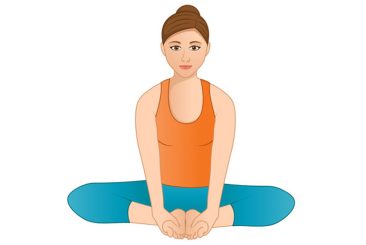
Cobbler’s Pose, or Baddha Konasana, commonly referred to as Bound Angle Pose, is renowned for its ability to open the hips and groin, alleviating pressure on the bladder and enhancing circulation to the pelvic region. To practice this posture, individuals sit on the floor with the soles of their feet together and knees bent out to the sides. Holding onto the feet or ankles, practitioners lengthen the spine and gently press the knees toward the floor. Holding the pose for several breaths fosters a deep stretch in the hips and groin area before releasing. This gentle yet effective stretch contributes to improved bladder health and overall well-being.
These seven yoga exercises can be practiced regularly to strengthen and support the urinary organs, improve bladder health, and enhance overall well-being. As with any exercise program, it’s important to consult with a healthcare professional before beginning, especially if you have any medical conditions or concerns.
Disclaimer:
The information contained in this article is for educational and informational purposes only and is not intended as a health advice. We would ask you to consult a qualified professional or medical expert to gain additional knowledge before you choose to consume any product or perform any exercise.

